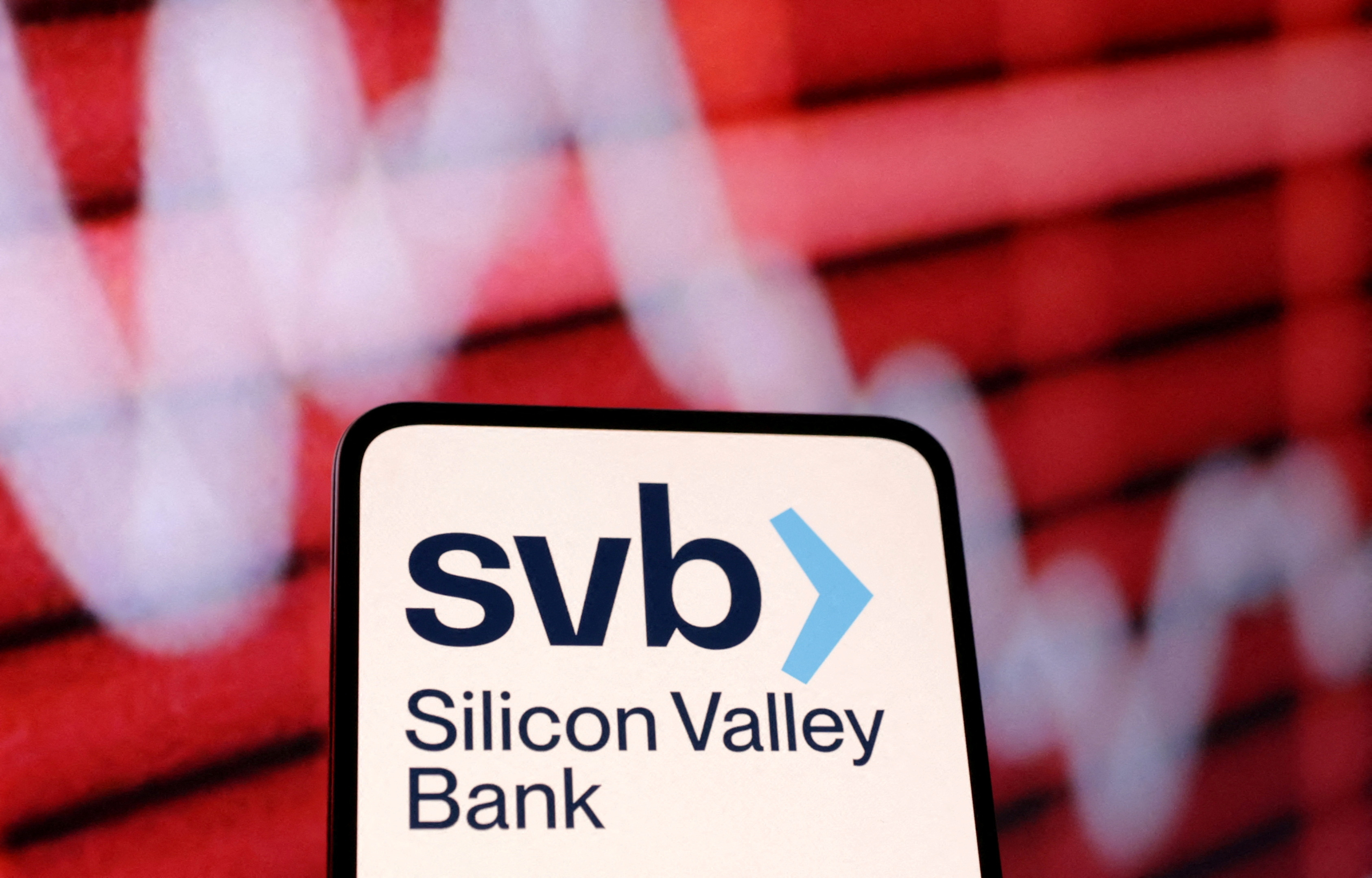
Silicon Valley Bank is a bank that, despite its strength, managed to go bankrupt in a couple of days.
Times 2008 and Lehman Brothers reported bankruptcy Silicon Valley Bank. SVB is a regional bank xvithe The largest US bank. It was one of the main lenders to start-up projects. However, a series of missteps led to the closure of the California Department of Financial Protection and Innovation.
The reason the bank reached this point is that it surprised the market by announcing the issuance of new shares worth 2.25 billion. dollars to enhance its funds. At the same time, its parent company, SVB Financial Group, sold $21 billion worth of securities – posting a loss of $1.8 billion – to cover its position against depositors, who embarked on an outflow.
Who is Silicon Valley bank?
SVB has been one of the main lenders to startups. But it was also a big name bank in Silicon Valley. Until its collapse, it was the only listed company with a direct connection to Silicon Valley and startups.
According to information from the bank’s website, half of the startups at Venture Capital were its clients. Pinterest, Shopify, and CrowdStrike Holdings are just some of the notable names for their clients.
As for its assets, it amounted to 209 billion. Its dollar deposits amounted to $175.4 billion. dollar. In contrast, after what happened this week, no one knows the value of the bank.
Despite pleas from the CEO to avoid a bank run and assurances that after a capital raise they would not risk losing their money, in the end not only was no money found, but many important investors were hurt, including Peter Till’s Founders Fund and Union Square Ventures. Panic, ”directing portfolio companies to reduce exposure and withdraw their funds. For the same reasons, acquisitions were not possible, as the rapid influx of deposits eventually led to the intervention of federal authorities.
All these developments led to the closing of the bank on Friday by order of the California Department of Financial Protection and Innovation and the US Federal Deposit Insurance Corporation – hereinafter referred to as FDIC – taking over as responsible, in order to secure customer bank deposits.
power bank
It was the 16th SVBthe The largest US bank with assets exceeding 200 billion as of December 31. It is also by far the largest banking failure since the 2008 global financial crisis.
A few days ago, the bank’s president declared, “We are proud to be the best financial partner in the most difficult times.” A day later, the bank was named “Bank of the Year” at a ceremony in London. And just last Wednesday it was a well-capitalized financial institution, just looking to raise $2.25 billion from the markets.
Panic before collapse
Only on Thursday (09/03) customers tried to get 42 billion. Bank dollars accounted for out of all bank deposits — just on Thursday. The deposit leakage reached such a degree that by Thursday noon the bank had a negative cash balance of nearly $1 billion and was unable to meet the Fed’s demands.
Although the plans to raise capital came as a surprise to investors, panic spread very quickly. The trouble began with the venture capital community – the sector that supported the rise of SVB and which the bank has consistently served.
“It’s been a huge influx of deposits, fueled by venture capital,” Ryan Valve, a fintech investor at Resitive Ventures, told CNBC. “This will go down as one of the more high-profile cases of the industry cutting off his nose and ruining his face.”
Regulators were claiming the bank was solvent on Wednesday. A day later he was on edge, and on Friday he was officially bankrupt,” reports The Wall Street Journal.
How did the markets react?
Understandably, the collapse of this bank managed to unleash a huge wave of liquidations in the technology sector that swept through bank stocks, not only in the United States, but all over the world.
The pan-European Stoxx 600 index recorded its worst day since last July, while the Greek stock market fell by 2.49%, with losses in the banking sector exceeding 5%.
Of course, these developments are justified by the sudden closure of the second bank, Silvergate Capital, which was crypto-friendly. On Wednesday, the bank announced that it had liquidated assets and curtailed operations, with the aim of paying off all deposits.
Two questions
According to The Economist, These facts raise two questions. The first is how the SVB got to this position. The second is whether this problem is an anomaly or a doomsday for financial institutions.
How did the bank get to this point?
svb is a startup bank. Open accounts for them, often before the big lenders bother. It has also lent them money, something other banks are reluctant to do because few startups have assets to collateral. As Silicon Valley has boomed over the past five years, so has SVB. Her customers were pouring in the money. They needed to save money more than borrow.
Thus, svb’s deposits more than quadrupled – from $44 billion at the end of 2017 to $189 billion at the end of 2021 – while its loan portfolio increased from $23 billion to just $66 billion.
Because banks make money from the spread between the price you pay on deposits (often nothing) and the rate borrowers pay, having a deposit base that is much larger than a loan portfolio is problematic. svb is required to obtain other interest-bearing assets. By the end of 2021, the bank had invested $128 billion, mostly in mortgage securities.
How did you cause the problem
Then things changed. Interest rates rose as inflation rose to very high levels. This drastically reduced premiums on investment capital and caused bond prices to drop, leaving SVB uniquely exposed.
Since the bank made investments during this period, it bought the bonds at their maximum price. As the venture capital raise ended, SVB clients depleted their deposits: down from $189 billion at the end of 2021 to $173 billion at the end of 2022.
svb was forced to sell its entire portfolio of liquid bonds at lower prices than it paid for. The losses he incurred from those sales, about $1.8 billion, left a gap he tried to fill by increasing capital. When it collapsed, the bank was holding about $91 billion in investments, valued at cost at the end of last year.
Will the collapse of the senior vice president lead to a broader banking crisis?
Were svb problems an anomaly? It appears that the bank was uniquely vulnerable. Federal insurance, created after the US economy collapsed in the 1930s, covers deposits of up to $250,000. This protects all the cash that most people would deposit in a bank account.
But it is unlikely to cover the money the company might keep. svb is a bank not just for companies, but a narrow subsection of those that have had harder times than most. About 93% of its deposits were uninsured. Their clients, unlike most banks, had a real incentive to run – and they did.
However, almost all banks face unrealized losses in their bond portfolios. If svb is the bank that is most likely to be put in the position of having to supply bonds at their highest price, they may not be the only bank struggling with price hitting.

“Avid problem solver. Extreme social media junkie. Beer buff. Coffee guru. Internet geek. Travel ninja.”





More Stories
Maternity allowance of €1,200 per month
Who is the temporary contractor for Pier 6?
Labor Inspectorate: What applies to Easter gift for workers in the private sector